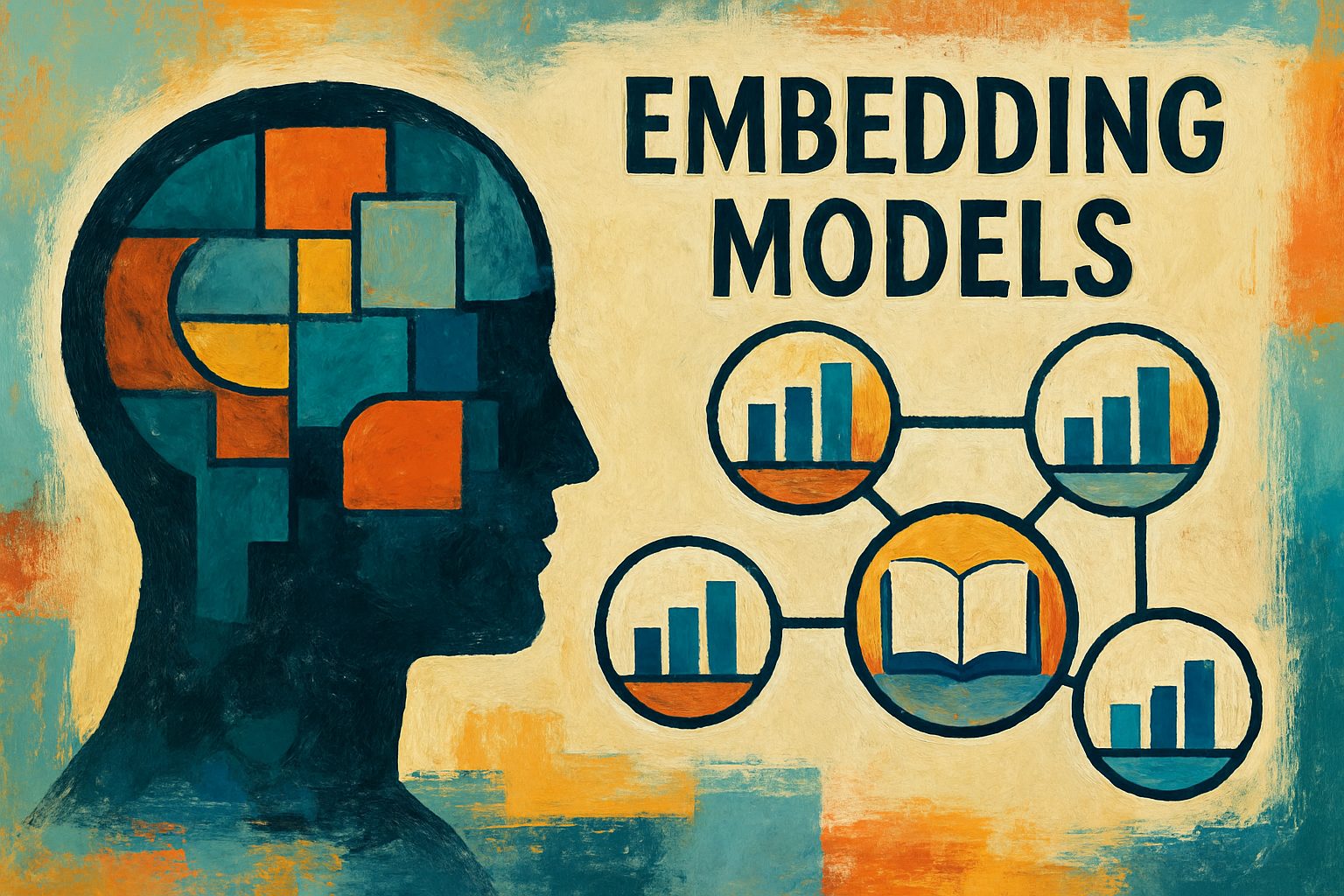
Unlocking Local Potential: A Comparative Study of Embedding Models for Research
Explore the intricate world of embedding models with our in-depth analysis that compares academic, scientific, and web-based options for local deployment. This article provides essential insights into model performance, usability, and licensing, empowering researchers to make informed choices.
This comprehensive analysis explores Compare various research academic scientific and web embedding models that exist and can be utilized locally., based on extensive research and multiple data sources.
Below is a comprehensive research review that compares various academic, scientific, and web embedding models that can be deployed locally. This review establishes a foundational understanding of the landscape of embedding models by analyzing their design, performance, licensing, and usability in research and production environments.

Thesis & Position
Thesis:
Local deployment of embedding models for academic and scientific applications presents unique opportunities and challenges. By comparing models from both proprietary and open-source arenas—including popular research benchmarks and web retrieval systems—we can identify the trade-offs in speed, accuracy, licensing, and computational requirements. This analysis establishes a basis for selecting the best-fit model for specific contexts, whether it be academic exploration or web-scale information retrieval.
Overview & Key Background
Embedding models transform raw data (such as text, images, or other discrete tokens) into continuous vector representations that preserve semantic similarities. They are vital for modern applications such as search, recommendation systems, and retrieval-augmented generation (RAG). Several research works and technical evaluations provide insights into:
- Model Architecture: How different network architectures or training regimes influence the quality of embeddings. For example, the Embedding Comparator paper ACM Article shows how global and local structures in embeddings can be visualized and compared.
- Evaluation Metrics: Benchmarks such as the MTEB leaderboard help assess models across various criteria like accuracy, sequence length, and latency Pinecone article.
- Licensing & Operational Constraints: A comparison of proprietary models (e.g., OpenAI’s Ada 002, Cohere’s Embed v3) versus open-source alternatives (e.g., E5-base-v2, Stella, ModernBERT Embed) informs decisions for local deployment DataStax Blog.
Comparative Analysis of Embedding Models
Below are several key models and their features. These models have been evaluated in terms of output dimensions, licensing, performance benchmarks, and usability in local deployments:
| Model | Output Dimensions | Licensing Type | Key Strengths | Source |
|---|---|---|---|---|
| OpenAI text-embedding-3 | 1536/3072 | Commercial AAS |
Below is a detailed analytical overview comparing research, academic, scientific, and web embedding models that can be deployed locally. In this analysis we focus on key factors such as accuracy, scalability, ease of local deployment, licensing, and performance benchmarks, drawing on multiple credible sources DataStax, ACM, and Pinecone.
Thesis & Main Argument
Thesis:
Local deployment of embedding models is increasingly important for research and industry applications. Academic, scientific, and web embedding models offer distinct advantages in performance, interpretability, and licensing flexibility. However, careful consideration of factors such as ease of optimization, local hardware constraints, and legal use rights is essential for selecting the right model for a given use case.
Evidence & Factual Overview
Key Factors in Evaluating Embedding Models:
-
Accuracy & Benchmarking:
Models are often benchmarked using leaderboards such as the MTEB leaderboard. For instance, open-source models like E5-base-v2 have demonstrated competitive performance against proprietary systems like OpenAI’s Ada 002. -
Licensing & Local Usability:
Licensing plays a critical role. Some models are available under permissive licenses (e.g., MIT, Apache 2) which are ideal for research and local production, while others (often with AAS – “as a service” provision) may not be as flexible DataStax. -
Technical Attributes:
Properties such as output dimensions, token limits, and memory requirements influence the feasibility of running models on local hardware. For example, smaller models like ModernBERT Embed Base provide easier local deployment compared to larger industrial-scale models.
“A critical task is to evaluate if embeddings transfer effectively to low-resource settings or domains, which requires both technical and domain-specific considerations.” – ACM Source
Comparative Analysis
Below is a comparative table summarizing key aspects of several prominent embedding models:
| Model Name | Output Dimensions | License | Local Suitability | Key Benchmark Insights |
|---|---|---|---|---|
| OpenAI Ada 002 | 1536 / 3072 | AAS only | Challenging (cloud-based |
Vyftec – Research & Analysis Models
Unlock the power of local research with Vyftec’s expertise in AI and data intelligence. Experience Swiss precision in model comparisons and get in touch for tailored solutions that elevate your projects.
📧 damian@vyftec.com | 💬 WhatsApp


